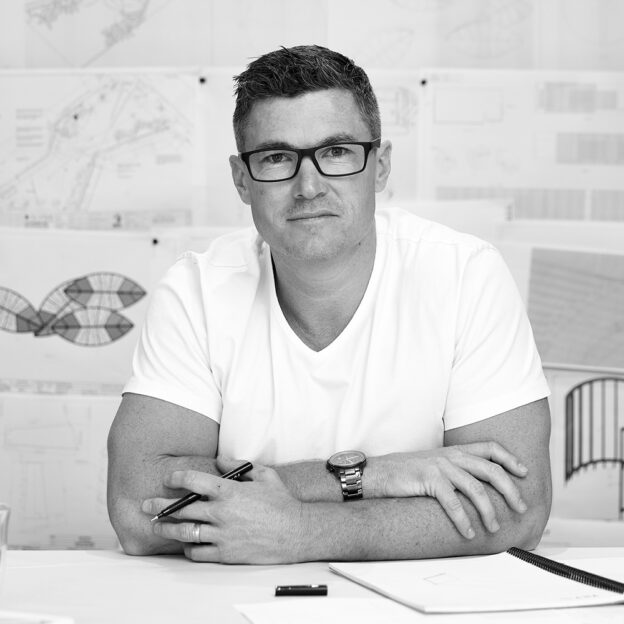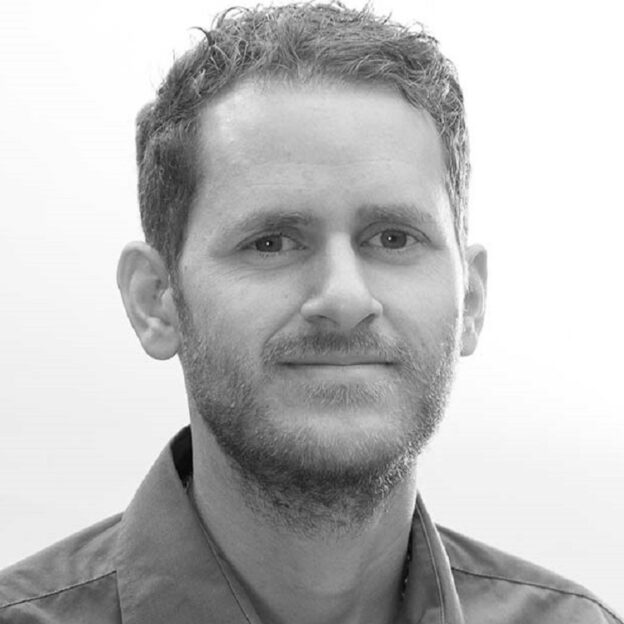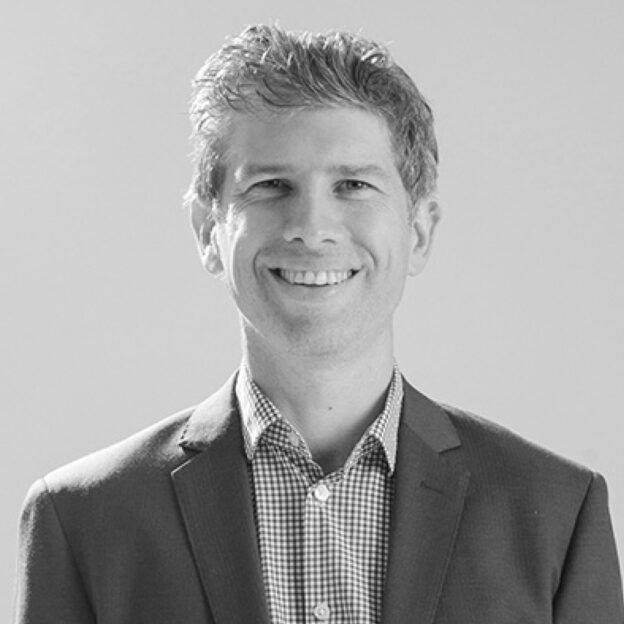Sustainability Summit
Creating Sustainable Outcomes, Wellness, And Performance By Using Industrial Design
Design affects product sustainability in multiple ways. Products with greenfield design for sustainability may use less material or replace high-footprint virgin materials with lower-impact recycled or biologically based alternatives. In industrial design, the product life cycle is a recurring term. The four stages of the product life cycle are manufacturing, transport, use, and disposal. This Cradle-to-Cradle concept imagines a new life for the product and its components once its current one ends. This involves designing product upcycling, recycling, or reuse possibilities for the product and/or its components as a part of the product design. In this approach, the products fit into a circular economy, which is a sustainable alternative to the linear economy model. So why aren’t we using this in the building & construction industry?
Learning Outcomes
By the end of this presentation, you should be able to:
- Identify important factors to consider in product upcycling, recycling, or reuse possibilities, and learn how these factors can be better addressed through the design process.
- Outline the barriers to implementing a circular economy in the building and construction industry.
- Understand how to ensure a product’s lifetime emissions are considered during its design stage.
- Outline current & practical examples of Cradle-to-Cradle concepts.
(Competency codes: PC 28, PC 35, PC 45, PC 60)
Ticket Information
Registered ticket holders can login now to watch the 2024 Summit. Tickets can still be purchased for the entire Summit with access to on demand until 14th February 2025
Moderator
Tim Phillips
Tilt Industrial Design
Speaker
Alisa Newey
Re:New Design
Speaker
Richard Hamber
DECO
Speaker
Aidan Hill
Autex Acoustics
Speaker
Harriet Oswald
Grimshaw





